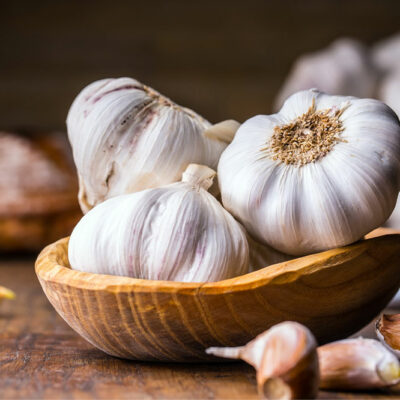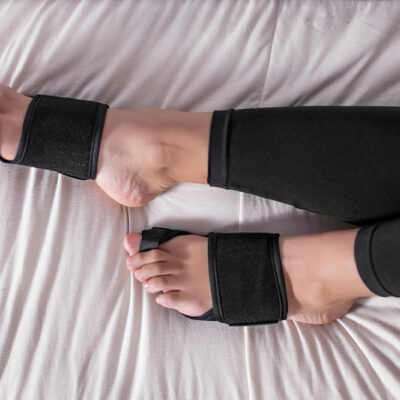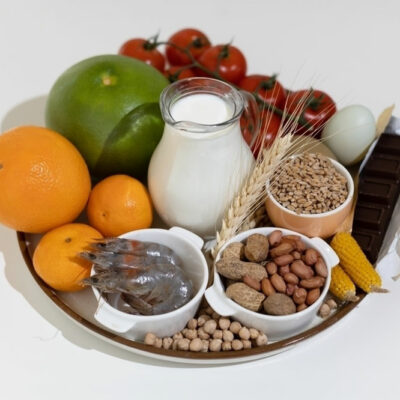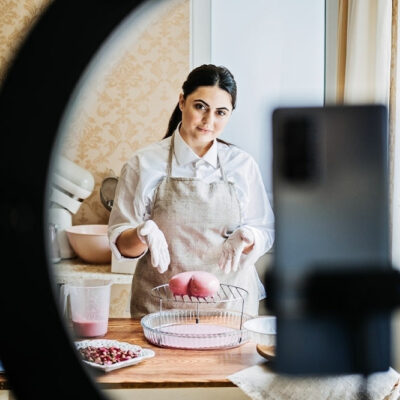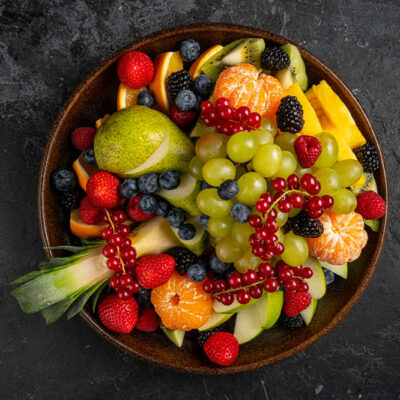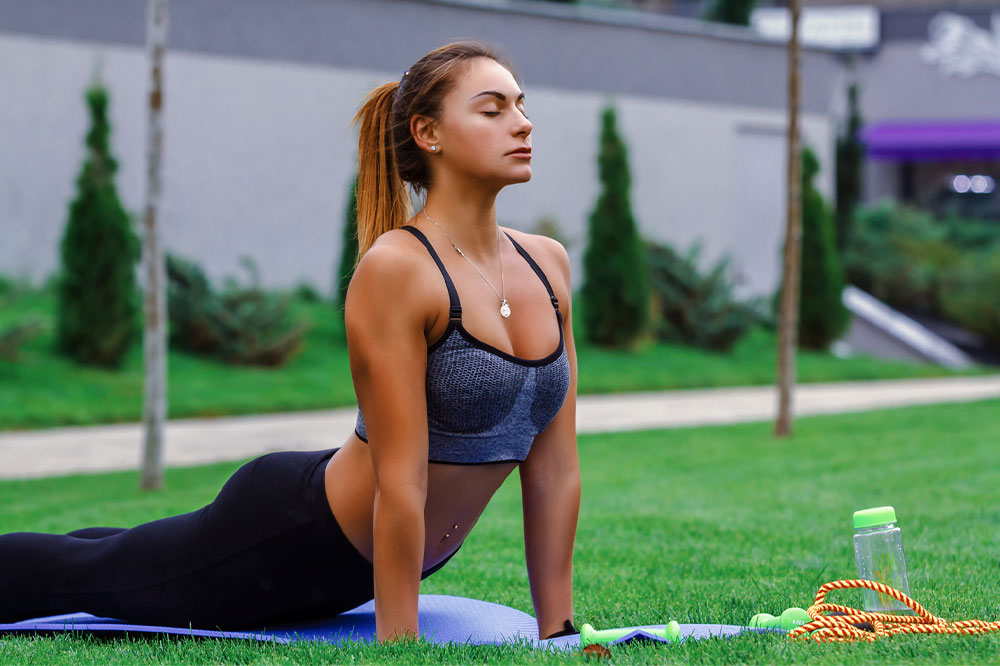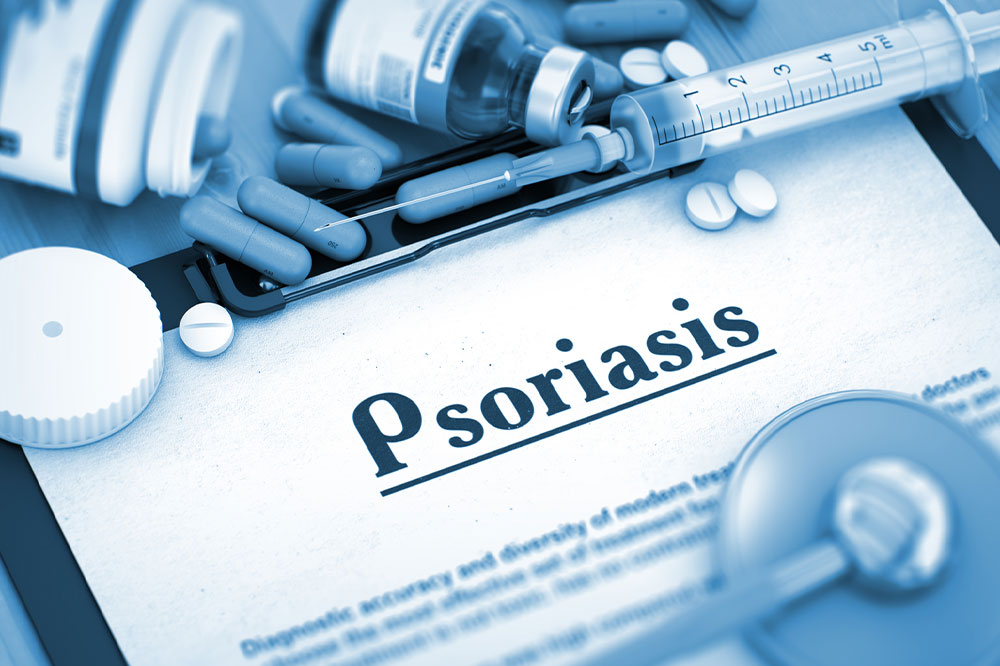10 Human Foods That Are Safe for Cats to Eat
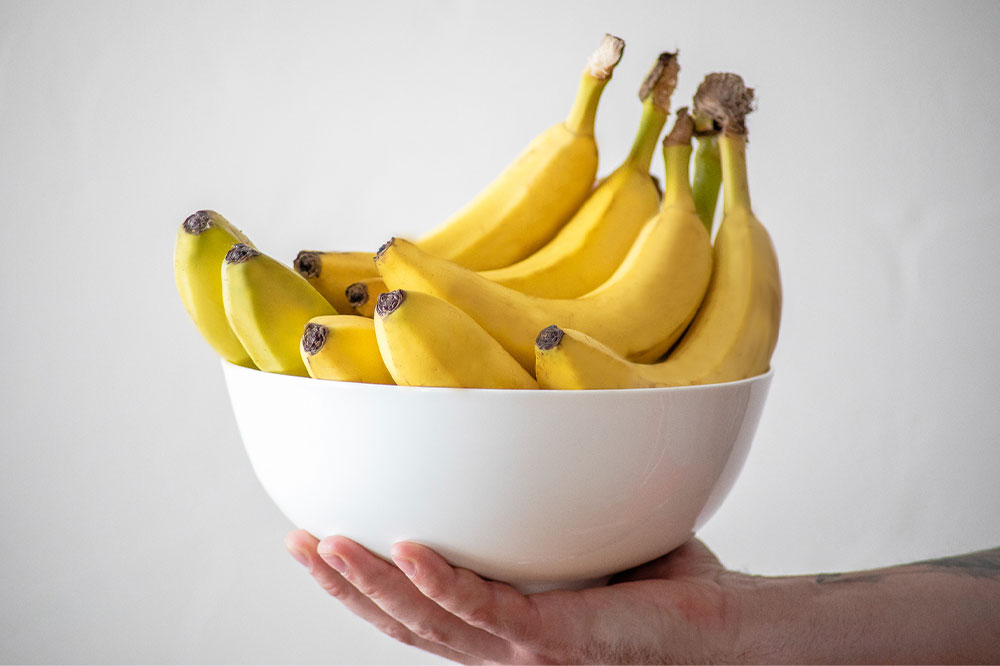
Cats are curious pets who are drawn to human food. It’s difficult not to treat them with tasty food when they want a bite. However, some human foods can be harmful to cats. They also have different nutritional needs than humans. So, pet parents must know which human foods are safe for cats and which to avoid. Here are some tasty human foods for cats and the best-wet cat food brands for your pet friend.
Best human foods for cats
Fish
Salmon, mackerel, and other fish are rich sources of omega-3 fatty acids and protein. They make for excellent cat treats and food. These oily fish are good for your furry friend’s brain, joints, and eyesight. Cats can eat some raw foods, but salmon and other fish should be thoroughly cooked before serving. Also, chop them into small pieces to avoid choking.
Spinach
Spinach contains many vitamins and minerals like A, C, and K, as well as iron and calcium. Spinach is used in various cat foods due to its multiple health benefits. It is a well-liked, nutritious cat treat option, but it is best not to give it to cats with kidney or urinary problems.
Whole grains
Whole or unrefined grains are an excellent source of nutrition for cats. They have high vitamin, iron, and fiber content. Foods like oatmeal are quick to make and have a high protein-to-calorie ratio. Many cats also love corn, mainly the coarsely ground cornmeal known as polenta. They can also eat brown rice, barley, and wheat berries as long as the food is adequately mashed. Ensure that grains are properly cooked before serving for proper digestion.
Eggs
Eggs are high in protein and vitamin B, both of which help cats stay healthy. Uncooked eggs may contain salmonella or E. coli, which can harm your pet friend. To reduce the risk of foodborne disease, cook eggs properly before serving.
Fish oil supplements
Fish oil supplements have lots of advantages for both cats and dogs. With several options, including salmon and cod liver oil, omega fatty acids in fish oil can help avoid dry skin during the winter and keep the cat’s coat healthy all year.
Vegetables
Although not all cats enjoy vegetables and fruits, they are high in vitamins, fiber, and water, which help with digestion. Try introducing a new vegetable to them daily, such as fresh cucumber or cantaloupe, steamed broccoli, or asparagus. These vegetables can also be made into veggie patties, which they will enjoy. Do not include onion or garlic in the patties. To avoid choking, cut any large pieces of food into bite-sized pieces and serve them to your pet friend.
Cheese
Cheese is a high-protein snack one can give to cats in small portions. Various kinds of cheese, like cheddar, Swiss, and Gouda, are high in calcium and protein and easy to make into bite-sized treats. Keep in mind that some cats may develop lactose intolerance if given large amounts of dairy products regularly. Avoid giving milk or milk products to cats who cannot handle or digest dairy.
Pumpkin
This vegetable contains a lot of fiber and is low in calories. It is also effective in treating cats with abnormal stools. Pumpkin is a nutritious and safe food that can be easily added to a cat’s daily meals. It can be served in small chunks or pureed for easy eating and digestion.
Watermelon
This fruit is high in vitamins A, B1, B5, and C, besides potassium and magnesium. Although it is an excellent cat treat, one should serve it only in moderate portions. The high water content of watermelons also helps with hydration and keeps them cool during the summer.
Berries
Whether frozen or fresh, blueberries make an excellent cat treat and are high in vitamins A and C. Strawberries are also juicy fruits high in vitamins, minerals, and antioxidants. They serve as very delicious snacks and keep cats happy and healthy.
Worst human foods for cats
Some foods may be very healthy for humans, but they can be toxic to cats. Avoid giving your cat any of these foods or treats, as some can lead to long-term health complications. These foods include garlic, onions, coconut milk, grapes, raw fish, nuts, chocolates, and candies.
Tips for feeding human foods to cat
All human foods should be fed to cats in small portions. Limit treats to 20 calories daily to prevent them from gaining too much weight. Twenty calories are equivalent to two teaspoons of cooked fish or chicken or 25 blueberries for cats. Combine various human foods to meet the pet’s daily calorie requirements. If the pet seems to be gaining weight from human meals, try reducing the number of treats to avoid developing any disorders.
Expect some upset stomach problems when introducing new foods to your cat. Try introducing new foods to them daily in small portions and quantities, but avoid seasoning in any meal. Continue to feed them cat food and extra human food so they get the nutrients they need for their body type. It is best to consult a veterinarian before introducing any new food into a pet’s meals to avoid complications or side effects.
Best wet cat food brands
Instinct Original Grain-Free Pâté
This recipe has 5% vegetables and fruit and 90% protein (chicken, turkey, and chicken liver). While Instinct is best known for its raw foods, this wet canned food is cooked and packed in broth, making it ideal for your cat’s overall health.
Iams perfect portion
Iams is an excellent choice for cats because the food is soft, easy to chew, and free of grains and preservatives. Each easy-peel tray has moderate serving sizes to ensure the cat gets a balanced meal without being overfed.
Purina Pro Plan True Nature
This cat food has at least 40% protein content. It includes a turkey and chicken recipe with 57% protein, 37% fat, and 6% carbohydrates, a fantastic, well-balanced meal plan for all cats.
